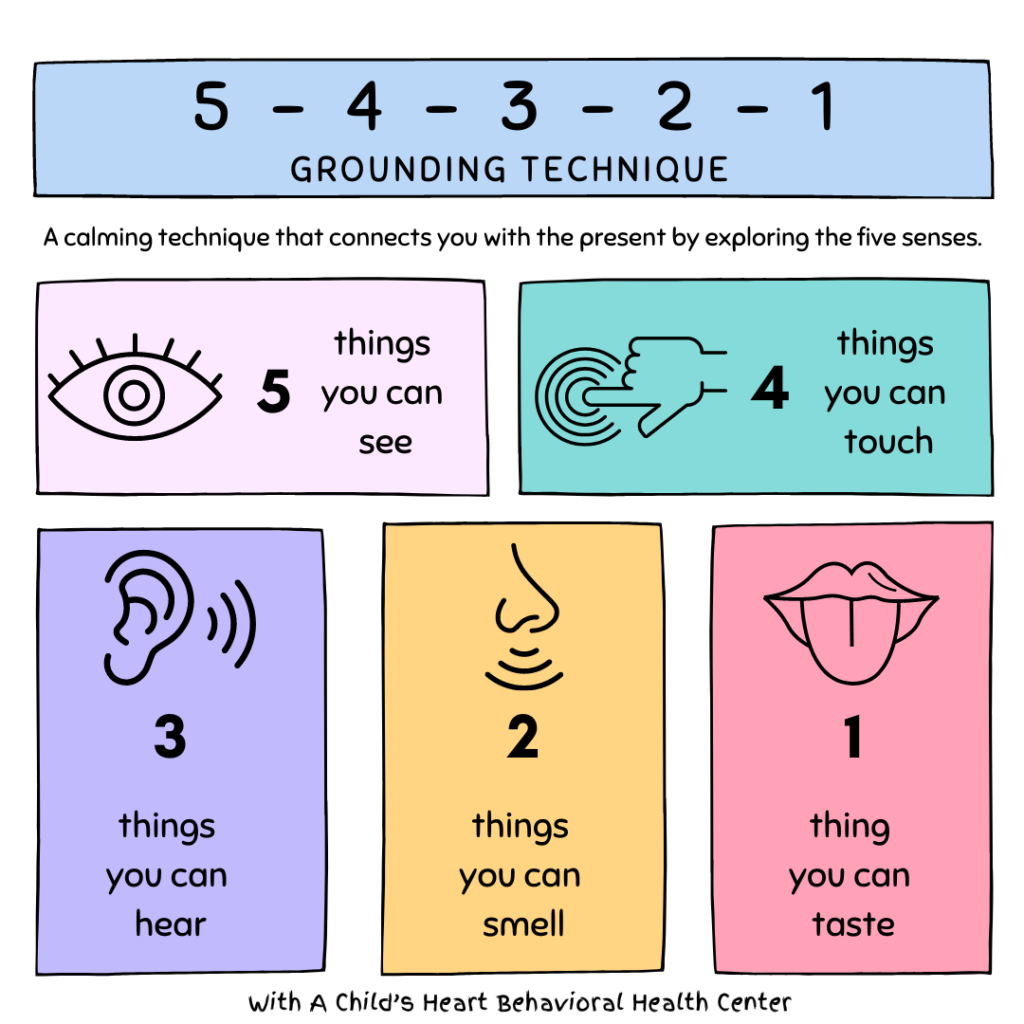Anxiety attacks can feel all-consuming, with symptoms that seem to take over both mind and body. But the truth is, you can learn ways to regain control, even amid overwhelming feelings. Anxiety attacks typically arise unexpectedly and can be triggered by stress, fear, or even specific situations. Learning practical strategies to cope can make a significant difference.
This guide provides step-by-step methods to help how to fight an anxiety attack, along with lifestyle tips to prevent them and information on when to seek professional support.
What Happens During an Anxiety Attack?
During an anxiety attack, a person might experience a surge of physical and emotional symptoms that can feel alarming, especially if it’s unfamiliar. Common symptoms include:
- Rapid Heartbeat: The body’s “fight or flight” response is activated, leading to a fast pulse.
- Chest Tightness: Feelings of chest pressure or tightness, which can mimic symptoms of other conditions.
- Shortness of Breath: Quick, shallow breathing, sometimes feeling hard to catch a full breath.
- Feelings of Dread or Panic: Intense fear or a sense of impending doom can be common, even if there’s no immediate threat.
These symptoms are common in anxiety attacks and can be helpful. You are not alone; while uncomfortable, these sensations are temporary and manageable.
How to Fight an Anxiety Attack?
Each person’s response to anxiety is unique, but there are tried-and-true methods that can help calm the body and mind. Here are some effective techniques:
1. Grounding Techniques
Grounding exercises help bring your attention away from fear-based thoughts and focus it on the present. A popular grounding technique is the 5-4-3-2-1 method, which involves identifying:
- 5 things you can see
- 4 things you can touch
- 3 things you can hear
- 2 things you can smell
- 1 thing you can taste
Focusing on your senses in this way can help reduce anxiety by reconnecting you with your surroundings and breaking the cycle of distressing thoughts.
2. Deep Breathing Exercises
Controlled breathing helps lower your heart rate and calm your nervous system. Try the Box Breathing technique:
- Inhale through your nose for a count of 4.
- Hold your breath for a count of 4.
- Exhale slowly through your mouth for a count of 4.
- Pause and hold the exhale for a count of 4.
Repeating this exercise several times can significantly ease anxiety by promoting relaxation.
3. Positive Affirmations
Positive affirmations counter negative or fearful thoughts. When you feel overwhelmed, try telling yourself:
- “This is temporary, and I am safe.”
- “I have the tools to get through this.”
- “I am in control and can calm myself.”
These affirmations can break the cycle of worry and instill a sense of calm.
4. Muscle Relaxation
Progressive muscle relaxation helps release physical tension that often accompanies anxiety. Starting with your toes and working up to your head, tense each muscle group for a few seconds, then release.
This process encourages the body to relax and sends a signal to your brain that it’s safe to calm down.
5. Visualization Techniques
Imagining a calming or safe place can be powerful in moments of intense anxiety. Close your eyes and picture a setting that brings you comfort—like a peaceful beach, a cozy room, or a quiet forest. Focus on sensory details, like the sound of waves, the feel of soft grass, or the warmth of the sun, to help redirect your thoughts and ease anxiety.
Lifestyle Changes to Prevent Future Anxiety Attacks
A healthy lifestyle can make anxiety more manageable and even prevent future attacks. Here are some strategies that promote both physical and mental well-being:
- Regular Exercise: Physical activity helps release endorphins, which are natural mood boosters. Aim for at least 30 minutes a few times a week.
- Balanced Diet: A nutritious diet supports mental health. Include foods rich in Omega-3 fatty acids, B vitamins, and magnesium, which are known to benefit brain health.
- Quality Sleep: Good sleep hygiene—like setting a regular sleep schedule and limiting screen time before bed—can improve mood and resilience.
- Mindfulness Practices: Yoga, meditation, and deep-breathing exercises can help reduce stress and increase your body’s ability to cope with anxiety.
- Identifying and Managing Triggers: If certain situations or environments tend to trigger anxiety, work on identifying them and finding ways to lessen their impact.
When to Seek Professional Help
If anxiety attacks occur frequently or significantly impact your quality of life, it may be time to seek help from a mental health professional. Therapies like Cognitive-Behavioral Therapy (CBT) are highly effective for managing anxiety by addressing and reframing thought patterns.
Medication is another option that some find beneficial, particularly when anxiety is persistent. Consulting with a professional can help you explore the treatment that best suits your needs.
Conclusion
Anxiety attacks, while distressing, are manageable with the right tools and approaches. Techniques like grounding, deep breathing, and visualization can make a real difference during an attack, while lifestyle changes support long-term resilience. Remember, seeking help is a sign of strength, not weakness, and talking with friends, family, or professionals can provide further support on your journey to managing anxiety effectively.




